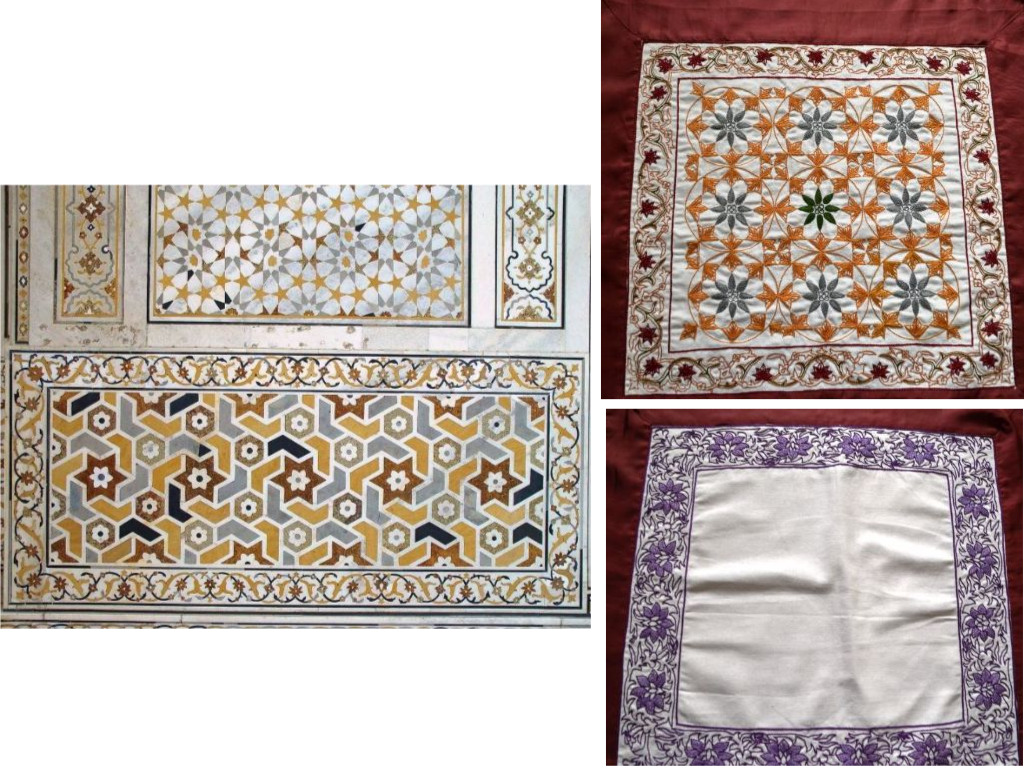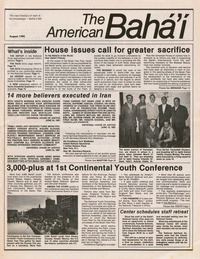- Published on
The Intricate Beauty of Tarazu Unraveling the Art of Traditional Moroccan Embroidery Techniques
- Authors

- Name
- Adil ABBADI
Introduction

In the vibrant souks of Morocco, amidst the kaleidoscope of colors and textures, lies a treasured tradition – Tarazu, the ancient art of Moroccan embroidery. This exquisite craft has been passed down through generations, adorning traditional garments, textiles, and home decor with intricate beauty and cultural significance. In this article, we'll unravel the threads of Tarazu, exploring its history, techniques, and modern relevance.
- Cultural Context
- Traditional Significance
- Techniques and Materials
- Modern Relevance
- Cultural Preservation
- Conclusion
- Cultural Call-to-Action
Cultural Context
Tarazu embroidery has its roots in Morocco's rich cultural heritage, influenced by the country's strategic position at the crossroads of Africa, Europe, and the Middle East. The art form has been shaped by the interactions of various ethnic groups, including the indigenous Berbers, Arabs, and European colonizers. Over time, Tarazu has become an integral part of Moroccan identity, reflecting the country's history, mythology, and spiritual beliefs.
Traditional Significance
Tarazu embroidery is not only a decorative art but also carries deep symbolic meaning. The intricate patterns and motifs are believed to possess spiritual powers, protecting the wearer from evil spirits and bringing good fortune. In Moroccan tradition, Tarazu-adorned garments are reserved for special occasions, such as weddings and festivals, and are often passed down as family heirlooms.

Techniques and Materials
Tarazu embroidery is characterized by its intricate, labor-intensive techniques, which require great skill and patience. Artisans use a variety of materials, including silk, cotton, and wool threads, as well as beads, sequins, and other ornaments. The most common stitches employed in Tarazu include the satin stitch, stem stitch, and chain stitch.
The process of creating a Tarazu piece is a slow and meditative one, often taking several weeks or even months to complete. Artisans work on a wooden or metal frame, using a combination of free-style embroidery and counted thread techniques to create the intricate designs.
Modern Relevance
In recent years, Tarazu embroidery has experienced a resurgence in popularity, driven by a renewed interest in traditional crafts and cultural heritage. Modern Moroccan designers are reinterpreting Tarazu techniques, incorporating them into contemporary fashion and home decor. This fusion of traditional and modern elements has helped to breathe new life into the art form, ensuring its continued relevance in the 21st century.

Cultural Preservation
Efforts to preserve and promote Tarazu embroidery are underway, with initiatives aimed at supporting artisans, documenting traditional techniques, and educating younger generations. The Moroccan government has recognized the importance of Tarazu as an intangible cultural heritage, providing support for its preservation and promotion.
Conclusion
Tarazu embroidery is a testament to the beauty and richness of Moroccan cultural heritage. This ancient art form weaves together tradition, spirituality, and aesthetics, creating a unique and captivating visual language. As we appreciate the intricate beauty of Tarazu, we are reminded of the importance of preserving cultural traditions and supporting the artisans who keep them alive.
Cultural Call-to-Action
As you delve into the world of Tarazu, we encourage you to explore the rich cultural heritage of Morocco. Support local artisans, learn about traditional techniques, and appreciate the beauty of this ancient art form. By doing so, you'll not only be enriching your own cultural understanding but also contributing to the preservation of Morocco's vibrant cultural identity.
